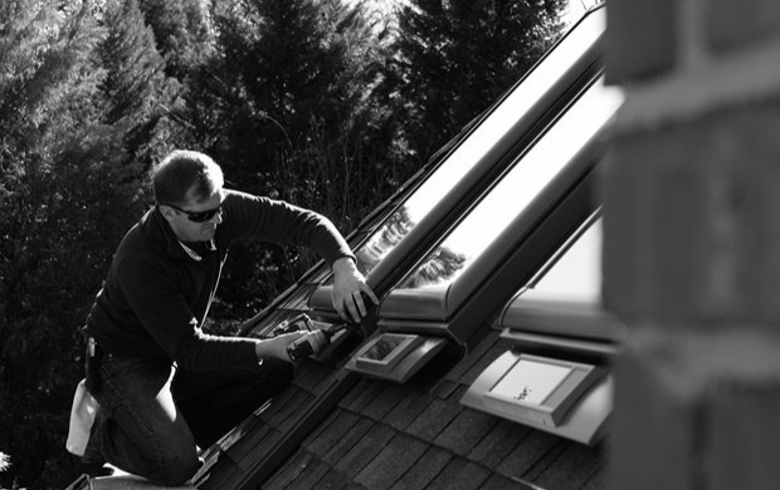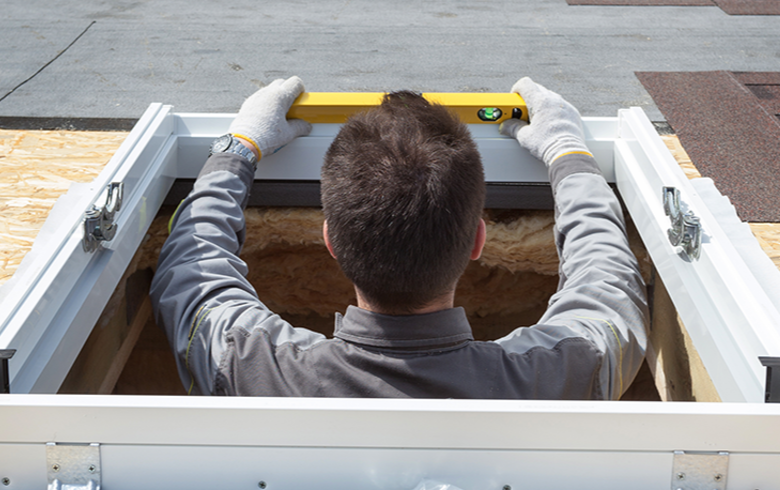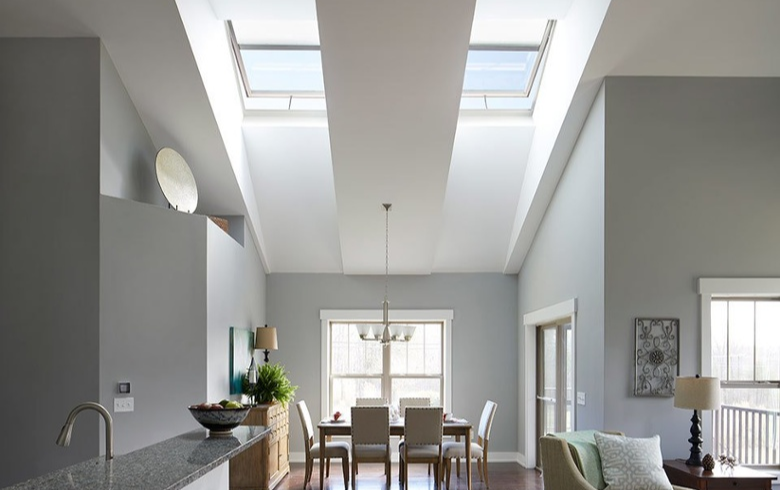Recently, the Healthy Buildings Team, a program at the Harvard T.H. Chan School of Public Health, created the 9 Foundations of a Healthy Building. These 9 foundations operate as a standardized, holistic approach to understanding how buildings impact the people inside them.
For both residential and commercial spaces, like offices, homes, schools, and transportation hubs, these 9 foundations can provide key insights into how a building is performing. And when you're aware of all the foundations, you can help optimize the buildings you design or construct for their occupants' health, well-being, and productivity.
Air Quality
Did you know that most of us spend up to 90% of our time indoors? So it should be no surprise that good air quality is essential to a healthy building. You can ensure good air quality in your buildings by opting for supplies, furnishings, and building materials with low chemical emissions to limit sources of volatile and semi-volatile organic compounds.
If you're renovating a building rather than starting from scratch, check for legacy pollutants like lead, PCBs, and asbestos.
Once the building's up and running, limit vapor intrusion by using a vapor barrier and maintain humidity levels between 30-60%. Annual air quality tests should also be conducted, and any occupant concerns should be responded to and evaluated.
Thermal Health
Like air quality, the thermal health of your buildings will need to be monitored even after construction is done. First, you'll need to make sure your buildings meet minimum thermal comfort standards for temperature and humidity, as well as keep thermal conditions consistent throughout the day. Where you can, you should provide individual level thermal control.
Once things are up and running, survey the space and occupants regularly to identify any underperforming zones. Any occupant concerns should be responded to and evaluated. To prevent and resolve thermal comfort issues in a timely manner, commission systems, conduct regular maintenance, and monitor temperature and humidity in real-time.
Moisture
There's only so much you can do with caulk, am I right? Making sure moisture levels in your buildings are in the healthy zone is more about continued maintenance than it is making sure everything lines up correctly during construction. Regular inspections of the roof, plumbing, ceilings, and HVAC equipment should be conducted to identify any sources of moisture and potential condensation spots.
When moisture or mold is found, the source should be addressed immediately. Dry or replace the contaminated materials and remediate the underlying issue as soon as possible.
Dust & Pests
It's no secret that dust and pests aren't welcome in healthy buildings. Unfortunately, there's not much you can do to keep them out at the designing and building stages. But you can encourage your residents and building owners to use high-efficiency filter vacuums, as well as to clean surfaces regularly to limit dust and dirt accumulation. You can also help your homeowners develop an integrated pest management plan with a focus on prevention measures, including sealing entry points, preventing moisture buildup, and removing trash. Training building management on how to respond to pest problems and complaints is another way to keep dust and pests out of your buildings.
Pesticide use should be avoided if possible. Not only do the chemicals affect the air quality inside, but they can also be detrimental to the surrounding outdoor environment.
Safety & Security
The number one rule with this foundation is to ensure your buildings meet all fire safety and carbon monoxide monitoring standards. Beyond that, adequate lighting should also be present in all common areas, stairwells, emergency egress points, parking lots, and building entryways.
Water Quality
When it comes to water in your buildings, be sure to meet the US National Drinking Water Standards at point-of-use. Once the building's up and the pipes are in, the water should be tested regularly and water purification systems should be installed if necessary.
Noise
It's important to protect your buildings from outdoor noises like traffic, aircraft, and construction, as much as you can. You can do this by planning spaces that minimize background noise to 35db (with a maximum reverberation time of 0.7 seconds) for unoccupied work and learning areas. And if you plan on incorporating skylights, VELUX's Clean, Quiet & Safe Glass reduces unwanted outside noise by up to 25% less than a standard double pane glass and up to 50% less than a plastic skylight. Hint, hint.
Lighting & Views
Healthy buildings provide as much daylighting and/or blue-enriched lighting as possible without introducing glare. This is best done by incorporating nature and nature-inspired designs inside. For office buildings, provide direct lines of sight to exterior windows from all workstations. Task lighting can also be utilized for comfortable viewing.
Ventilation
Ventilation is very important, so in your buildings, you'll need to meet or exceed local outdoor air ventilation rate guidelines in order to control the indoor sources of odors, chemicals, and carbon dioxide. Do this by filtering outdoor and recycled air with a minimum removal efficiency of 75% for all particle size fractions - including nano. Avoid any outdoor air intakes at street level or near other outdoor sources of pollutants if you can. Commission systems, conduct regular maintenance, and monitor ventilation in real-time to prevent and resolve ventilation issues promptly.
And one last "Did you know?": Did you know that incorporating skylights can help with just about every one of these 9 foundations? It's true! Skylights provide ample daylight and can be opened and closed to allow fresh air to flow through the building. And with VELUX ACTIVE with NETATMO, they can even track the temperature, humidity, and CO2 levels of the interior air and automatically adjust position accordingly.
Certain VELUX skylight and roof window models can even be used for egress in emergencies.
So, go build those healthy buildings - and don't forget to include skylights!





